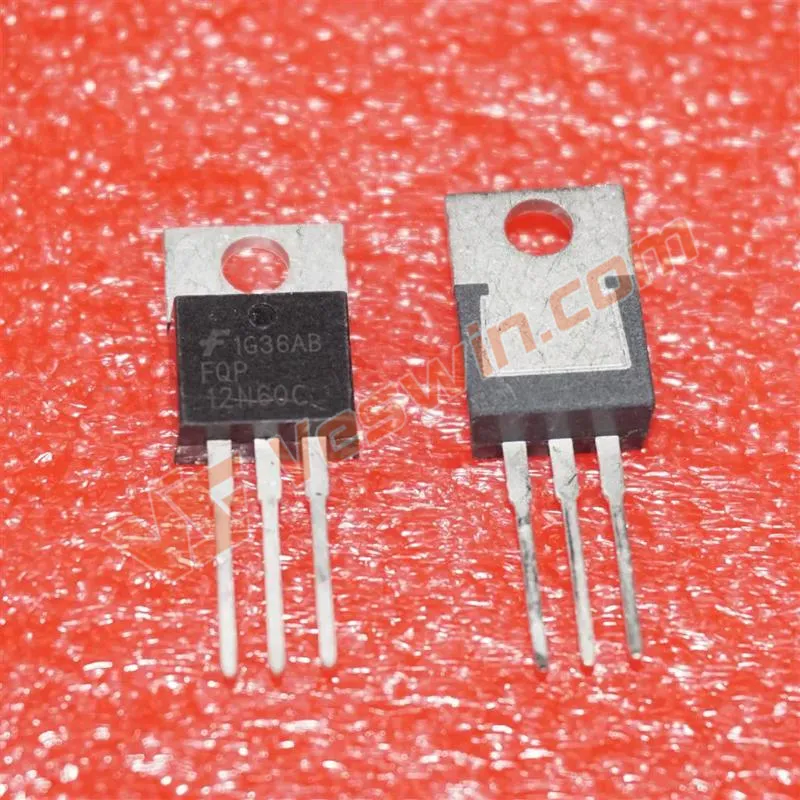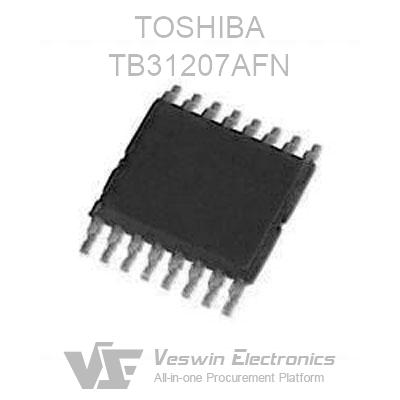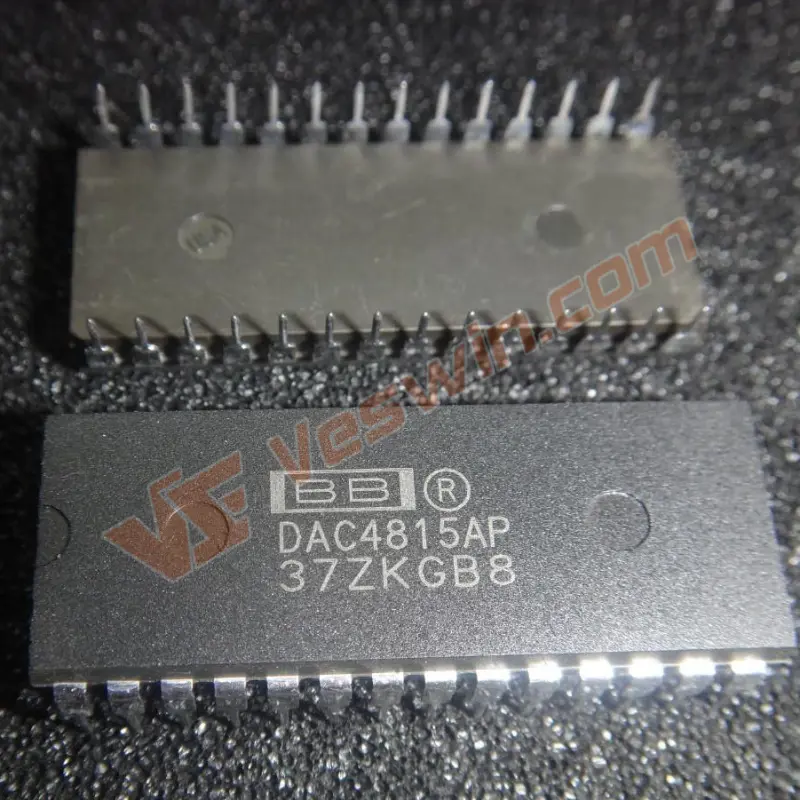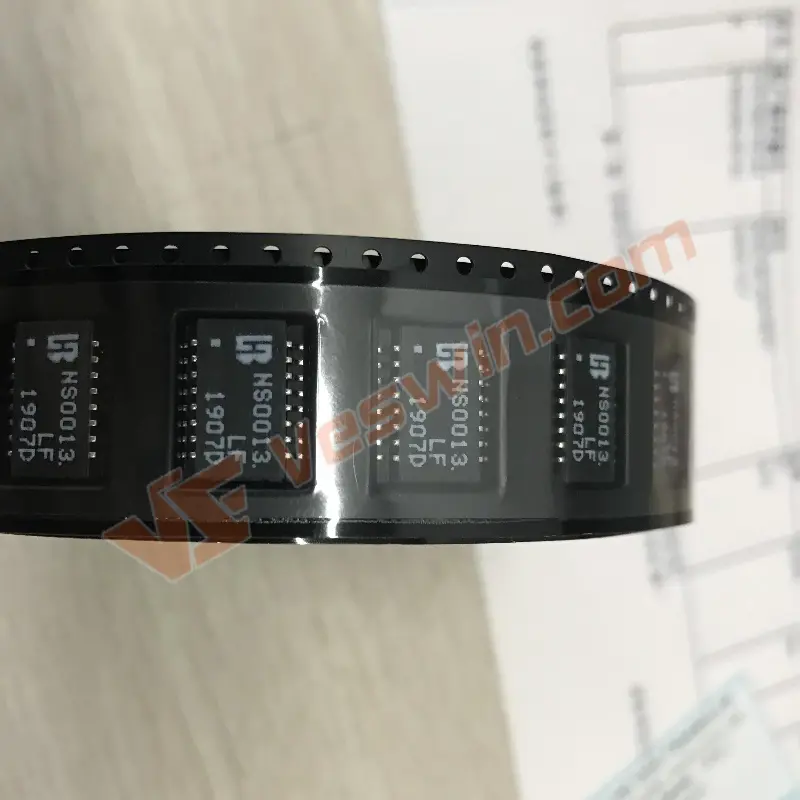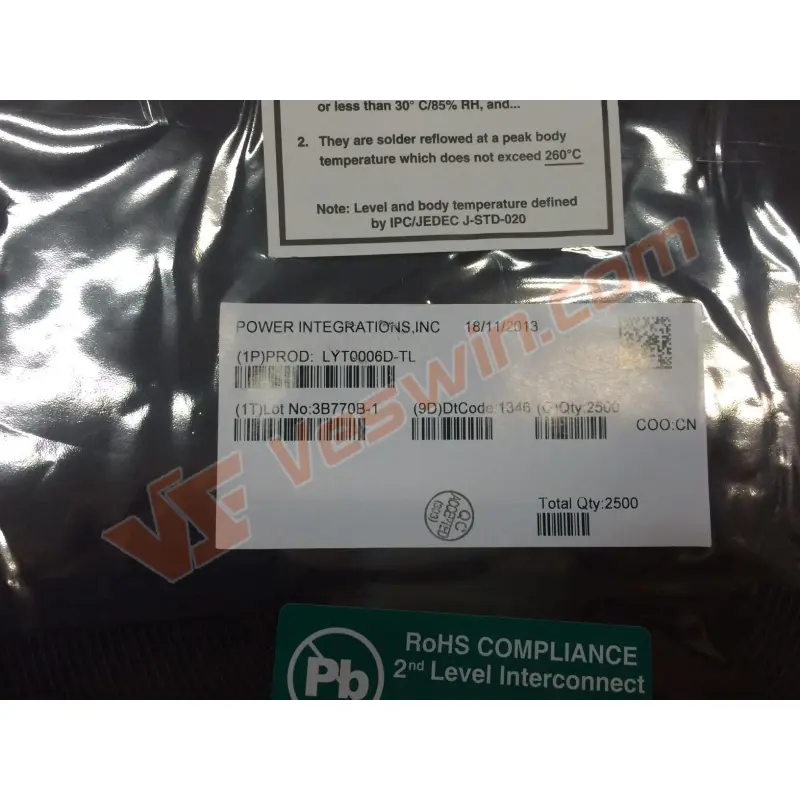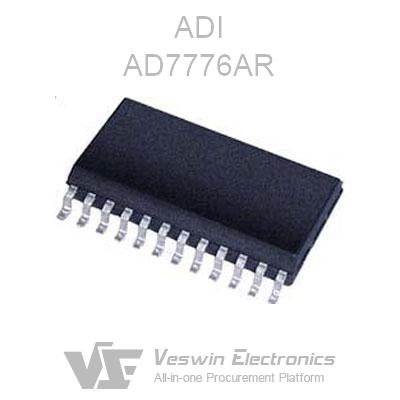The ADBMS6832 is a powerful multicell battery stack monitor suitable for a variety of battery stack monitoring and management applications. Its superior performance makes it an excellent choice for battery pack monitoring. As a reliable multi-cell battery stack monitor, the ADBMS6832 is capable of simultaneously measuring the status of up to 18 series-connected battery stacks. Its lifetime total measurement error (TME) does not exceed 2 millivolts (mV) over the entire temperature range, so battery monitoring is very accurate.
Because the monitor has a wide measurement input range from -2.5 volts (V) to +5.5 volts (V), it is suitable for most battery chemistries and is also capable of accurately measuring bus voltage. In addition, it also accommodates busbars between channels 9 and 10 without requiring a dedicated measurement channel, simplifying circuit design.
To ensure accurate measurements, the ADBMS6832 uses two separate analog-to-digital converters (ADCs) for redundant measurements. These continuously running ADCs feature sampling rates up to 4.096 megahertz (MHz), reducing the need for external analog filters and enabling alias-free measurement results. With subsequent programmable infinite impulse response (IIR) filters, they can further reduce noise and improve measurement accuracy.
Many ADBMS6832s can be connected in series to simultaneously monitor long high voltage battery strings. Each ADBMS6832 has an isolated serial port interface (isoSPI™) for RF-immune, high-speed, long-distance communication. The devices are connected in a daisy chain through a host processor, ensuring reliable communication. Communication is maintained even when the communication path fails.
The ADBMS6832 can be powered by a battery pack or an isolated power supply, providing more options. It also includes passive balancing with individual pulse width modulation (PWM) duty cycle control, while each cell can also handle up to 300 milliamps (mA) of discharge current. Other features include an onboard 5-volt (V) regulator, 10 general-purpose I/Os, and sleep mode, among others. Current consumption is reduced to 4 microamps (µA) to help save power.
Catalog:
It can measure 18 battery cells connected in series
Configurable integrated low-pass filtering
Two-way disconnection protection
Passive Cell Balancing
Support hot swap
Built-in 2Mbps isolated serial communication interface (isoSPI)
Stackable Architecture Suitable for Monitoring High-Voltage Battery Packs
Has low EMI susceptibility and radiated
Configurable as I2C or SPI master
AEC-Q100 qualified
4µA Sleep Mode Supply Current
2 additional analog inputs
Maximum Lifetime: Less than ±1.8mV Measurement Error from -40°C to +125°C at 3.3V Per Cell
Simultaneously and continuously measure the voltage of each cell in the battery pack
Provide 10 general-purpose analog input or digital input/output interfaces
Support LPCM (Low Power Continuous Monitoring) function, monitor battery and temperature in off state
Package: QFN/SOP/SOT23 lot number 21+
Provides bus connection between channels 9 and 10
The ADBMS6832 has a wide range of applications in the field of multi-cell battery pack monitors.
Electric and Hybrid Electric Vehicles: In electric and hybrid vehicles, the battery pack is the key energy storage unit. ADBMS6832 can be used to monitor and manage the battery pack status of electric vehicles, including battery voltage, temperature and balance state, to ensure the performance and life of the battery pack, and to improve the safety and reliability of electric vehicles.
Backup battery system: In applications that require backup power, such as emergency power supply systems, UPS (uninterruptible power supply) and emergency lighting systems, etc., the ADBMS6832 can be used to monitor the status of backup battery packs to ensure that backup power is always available and to detect battery packs in time failure or damage.
Grid energy storage: With the popularization of renewable energy and the upgrading of the grid, the demand for grid energy storage systems continues to increase. ADBMS6832 can be used to monitor and manage battery packs in grid energy storage systems to ensure efficient storage and release of energy and improve grid stability and sustainability.
To get the ADBMS6832 datasheet, click here.
Hot News
